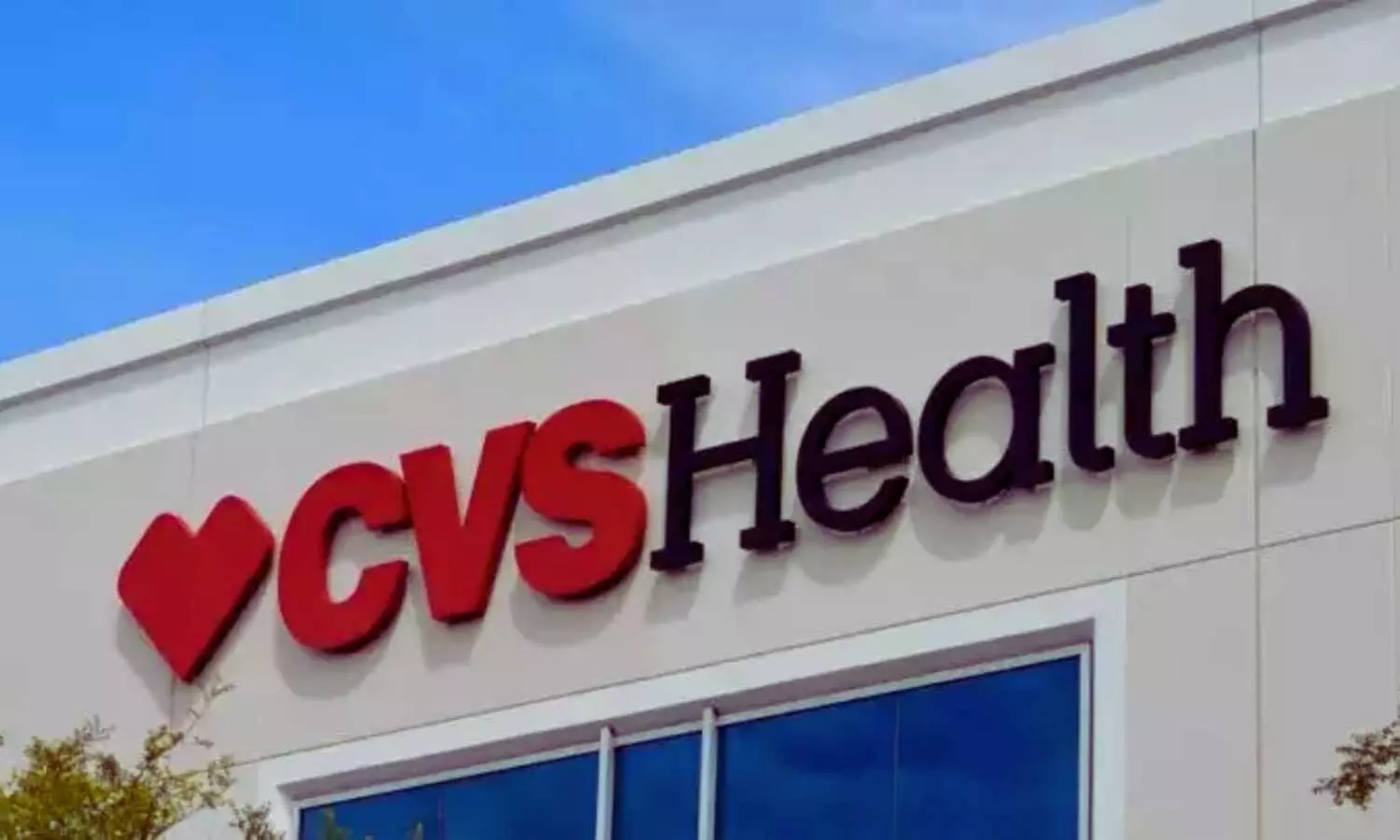Polar bears face higher risk of disease in a warming Arctic | BBC News - BBC News
- Polar bears face higher risk of disease in a warming Arctic | BBC News BBC News
- Arctic animals are battling more diseases in recent decades. Here’s why. The Washington Post
- Polar bears are being exposed to more pathogens as the climate warms Science News Magazine
- Horrifying images show polar bears with painful ULCERS on their feet in the Arctic - and scientists say climat Daily Mail
- Polar Bear Are Getting Paw Injuries From the Arctic's Fluctuating Climate Technology Networks
9 months 2 weeks ago
Employee’s homemade meal blamed for mass food poisoning at seafood distributor that left 46 people sick - The Independent
- Employee’s homemade meal blamed for mass food poisoning at seafood distributor that left 46 people sick The Independent
- 46 people hospitalized with food poisoning in Maryland after sharing meal prepared by co-worker NBC News
- 46 people who were taken to hospital for showing symptoms of food poisoning are OK, officials say WBAL TV Baltimore
- Employee's homemade meal blamed for mass food poisoning at Maryland seafood distributor FOX 5 DC
- Forty-Six Patients Transported to the Hospital with Food Poisoning Symptoms Howard County Government
9 months 3 weeks ago
Mass food poisoning scare linked to meal made by employee - USA TODAY
- Mass food poisoning scare linked to meal made by employee USA TODAY
- Employee's homemade meal blamed for mass food poisoning at Maryland seafood distributor FOX 5 DC
- Employee’s homemade meal blamed for mass food poisoning at seafood distributor that left 46 people sick The Independent
- ‘Outside food’ responsible for Jessup food poisoning incident, Howard health officials say Baltimore Sun
- Mass Food Poisoning Leaves 46 Hospitalized, Employee’s Homemade Dish Causes ‘Mini Disaster Alert’ in Maryland PEOPLE
9 months 3 weeks ago
Drinking is cheaper than it’s been in decades. Lobbyists are fighting to keep it that way
9 months 3 weeks ago
Health, addiction, finance, Public Health, States
46 hospitalized with food poisoning after employee pot-luck at Maryland seafood distributor - New York Post
- 46 hospitalized with food poisoning after employee pot-luck at Maryland seafood distributor New York Post
- 46 people hospitalized with food poisoning in Maryland after sharing meal prepared by coworker NBC News
- Employee's homemade meal blamed for mass food poisoning at Maryland seafood distributor FOX 5 DC
- Forty-Six Patients Transported to the Hospital with Food Poisoning Symptoms Howard County Government
- Mass food poisoning scare linked to meal made by employee USA TODAY
9 months 3 weeks ago
Medical News, Health News Latest, Medical News Today - Medical Dialogues |
David Joyner Takes Helm at CVS Amid Aetna Challenge
9 months 3 weeks ago
News,Industry,Pharma News,Latest Industry News
Polar bears face higher risk of disease in a warming Arctic - BBC.com
- Polar bears face higher risk of disease in a warming Arctic BBC.com
- Polar bears are being exposed to more pathogens as the climate warms Science News Magazine
- Arctic animals are battling more diseases in recent decades. Here’s why. The Washington Post
- Research from Alaska finds more polar bears are exposed to pathogens NotlLocal.com
- Warming planet increases disease risk for polar bears: study News-shield
9 months 3 weeks ago
Health – Demerara Waves Online News- Guyana
First Lady sponsors mammograms for 1,000 women
9 months 3 weeks ago
Health, News, Politics, Breast Cancer Awareness Month, Dr. Balwant Singh Hospital, early detection, First Lady Arya Ali, sponsorship
Don’t give up, give back
9 months 3 weeks ago
External Link, Health, denist, dentistry, oralhealth group, sanjukta mohanta, smile
Factory worker brought a packed lunch to work... what happened next left 46 violently ill - Daily Mail
- Factory worker brought a packed lunch to work... what happened next left 46 violently ill Daily Mail
- Employee's homemade meal blamed for mass food poisoning at Maryland seafood distributor FOX 5 DC
- Mass Food Poisoning Leaves 46 Hospitalized, Employee’s Homemade Dish Causes ‘Mini Disaster Alert’ in Maryland PEOPLE
- Howard County hospital put on 'mini disaster alert' after 46 people get food poisoning WJLA
- 46 people who were taken to hospital for showing symptoms of food poisoning are OK, officials say WBAL TV Baltimore
9 months 3 weeks ago
More than 40 people taken to hospital with food poisoning symptoms in Jessup - WTOP
- More than 40 people taken to hospital with food poisoning symptoms in Jessup WTOP
- Employee's homemade meal blamed for mass food poisoning at Maryland seafood distributor FOX 5 DC
- Mass food poisoning scare linked to meal made by employee USA TODAY
- ‘Outside food’ responsible for Jessup food poisoning incident, Howard health officials say Baltimore Sun
- 46 people who were taken to hospital for showing symptoms of food poisoning are OK, officials say WBAL TV Baltimore
9 months 3 weeks ago
STAT+: Morning Rounds: Study on racial health disparities called into question
9 months 3 weeks ago
Health, Morning Rounds, Health Disparities, Nutrition, Public Health, Research
High cholesterol symptom to look out for in the fingers – and how to lower levels - Surrey Live
- High cholesterol symptom to look out for in the fingers – and how to lower levels Surrey Live
- Urgent warning as millions of Brits at risk of serious health problem with no symptoms Express
- Three high cholesterol warning signs that can be seen around the eyes Daily Record
- HSE issues alert over silent killer condition that you might notice in your legs & can only be detected by... The Irish Sun
- Tips to lower high cholesterol and symptom in fingers that could be a sign of it Dublin Live
9 months 3 weeks ago


